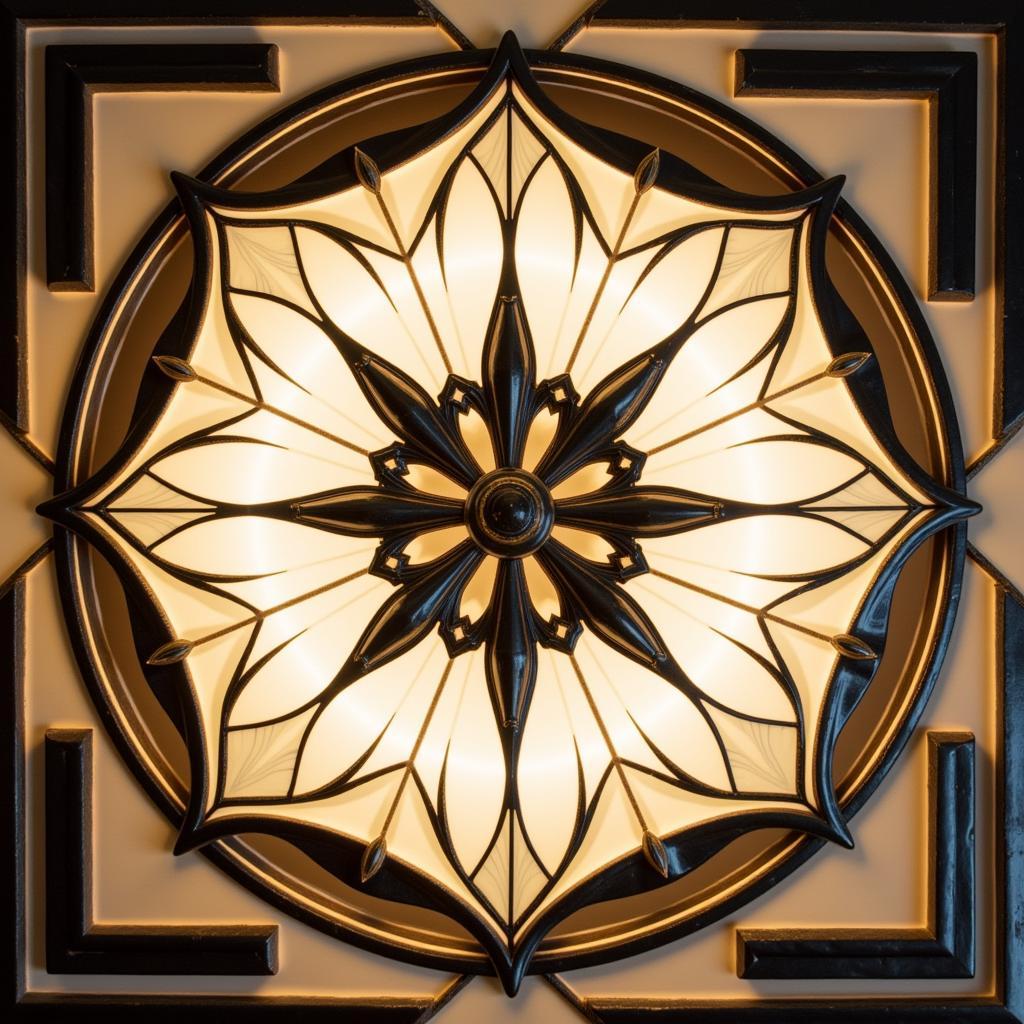Unleashing Creativity: Exploring the World of Skeleton Dog Art
Skeleton Dog Art has captivated artists and art enthusiasts alike, blending the macabre with a touch of whimsy. From traditional ink drawings to digital illustrations and even sculptures, this unique art form offers a fascinating exploration of anatomy, symbolism, and aesthetic expression. This article delves into the captivating world of skeleton dog art, exploring its origins, diverse styles, and the creative possibilities it offers.
The Allure of Bones: Why Skeleton Dog Art Resonates
Skeleton dog art, often depicted with an ethereal or playful twist, transcends the morbid and embraces a sense of wonder. The skeletal structure, stripped bare of flesh and fur, reveals the intricate beauty of the canine form. It’s a celebration of life, even in death, and a reminder of the ephemeral nature of existence. Whether it’s a detailed anatomical study or a stylized, whimsical portrayal, skeleton dog art sparks curiosity and invites deeper contemplation.
What draws artists to this unique subject matter? Perhaps it’s the inherent contrast: the starkness of bone against the vibrancy of life. Or maybe it’s the symbolic power of the skeleton, representing mortality, transformation, and the cyclical nature of being. Whatever the reason, skeleton dog art continues to fascinate and inspire.
From Canvas to Code: Different Styles of Skeleton Dog Art
Skeleton dog art manifests in various forms, each with its own unique charm. Traditional media like pen and ink allow for intricate detail and a classic aesthetic, while digital art opens up a world of vibrant colors and dynamic compositions. Sculptures, whether crafted from clay, metal, or even found objects, bring a three-dimensional presence to the skeletal form.
- Traditional Art: Pen and ink drawings, charcoal sketches, and watercolor paintings capture the delicate intricacies of the skeleton.
- Digital Art: Digital illustrations, using software like Photoshop and Procreate, offer endless possibilities for color, texture, and manipulation of the image.
- Sculptures: Three-dimensional representations of skeleton dogs, often imbued with a sense of movement and dynamism.
Capturing the Essence: Tips for Creating Skeleton Dog Art
Creating compelling skeleton dog art requires more than just technical skill; it demands an understanding of anatomy and a keen eye for detail. Whether you’re a seasoned artist or just starting out, here are some tips to help you bring your skeletal creations to life:
- Study Canine Anatomy: Familiarize yourself with the skeletal structure of a dog. Reference images and anatomical diagrams are invaluable resources.
- Experiment with Different Styles: Explore various artistic styles, from realism to abstract, to find the one that best suits your vision.
- Embrace the Symbolic Power: Consider the symbolic meaning you want to convey through your art. Is it about mortality, transformation, or the beauty of the natural world?
- Don’t Be Afraid to Experiment: Try different mediums, techniques, and color palettes to discover your unique artistic voice.
Beyond the Bones: The Deeper Meaning of Skeleton Dog Art
Skeleton dog art isn’t just about depicting bones; it’s about exploring the deeper connections between life and death, the tangible and the intangible. It’s a celebration of the animal form in all its complexity and a reminder of the beauty that can be found even in the absence of life.
“Skeleton dog art allows us to see beyond the surface, to appreciate the intricate framework that supports life itself. It’s a powerful reminder of our own mortality and the ephemeral nature of existence.” – Dr. Amelia Hart, Art Historian
Conclusion: Embracing the Art of the Skeleton Dog
Skeleton dog art offers a unique and captivating way to explore the intersection of art, anatomy, and symbolism. Whether you’re drawn to its macabre beauty or its deeper meaning, this art form continues to inspire and intrigue. So, grab your pencils, brushes, or digital stylus and unleash your creativity – the world of skeleton dog art awaits!
FAQ
- What is the significance of skeleton dog art? It often symbolizes mortality, transformation, and the beauty of underlying structure.
- What mediums are commonly used in skeleton dog art? Pen and ink, digital painting, and sculpture are popular choices.
- Where can I find inspiration for skeleton dog art? Anatomical diagrams, photographs of real skeletons, and existing artwork can be great sources.
- What are some key elements to consider when creating skeleton dog art? Understanding canine anatomy and experimenting with different styles are crucial.
- Is skeleton dog art always dark and morbid? No, it can also be playful, whimsical, and even celebratory.
- How can I improve my skeleton dog art skills? Practice, studying anatomy, and exploring different techniques will help you develop your skills.
- Where can I share my skeleton dog art? Online art communities, social media platforms, and even local art galleries can be great places to showcase your work.
Scenarios and Questions
-
Scenario: You’re looking for a unique piece of art for your home.
- Question: Where can I find original skeleton dog art pieces for sale?
-
Scenario: You’re interested in learning how to draw skeleton dogs.
- Question: Are there any online tutorials or workshops on drawing skeleton dog anatomy?
-
Scenario: You want to understand the symbolism behind skeleton dog art.
- Question: What are the different interpretations of skeleton imagery in art and culture?
Further Exploration
For more inspiration and resources, check out these related articles and topics:
- Animal Anatomy in Art
- The Symbolism of Skeletons in Different Cultures
- Digital Art Techniques for Beginners
- Sculpting with Clay: A Step-by-Step Guide
Need help with your creative journey? Contact us! Phone: 02462573573, Email: [email protected] Or visit us at: Savico Megamall, 7-9 Đ. Nguyễn Văn Linh, Gia Thụy, Long Biên, Hà Nội 10000, Việt Nam. We have a 24/7 customer support team.


